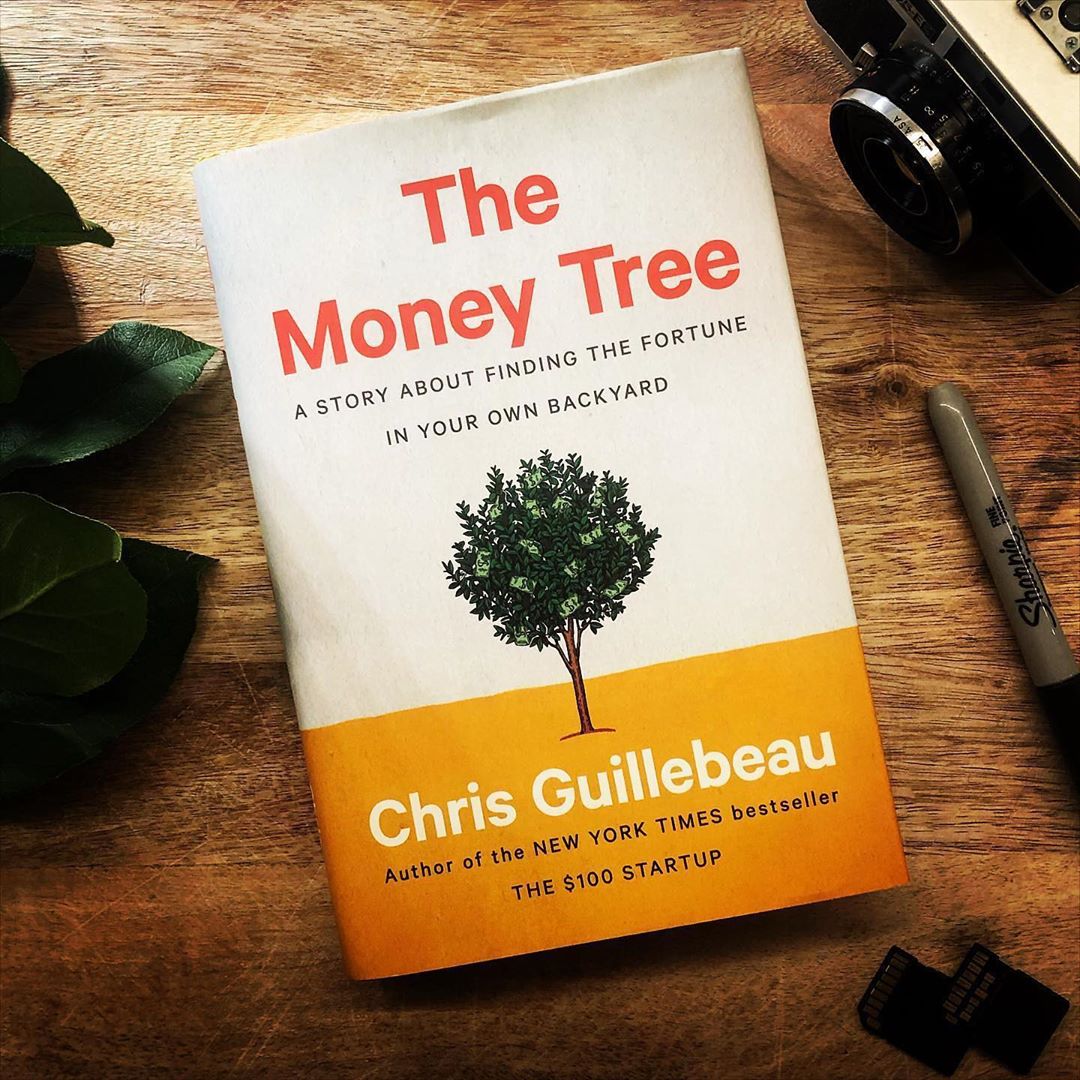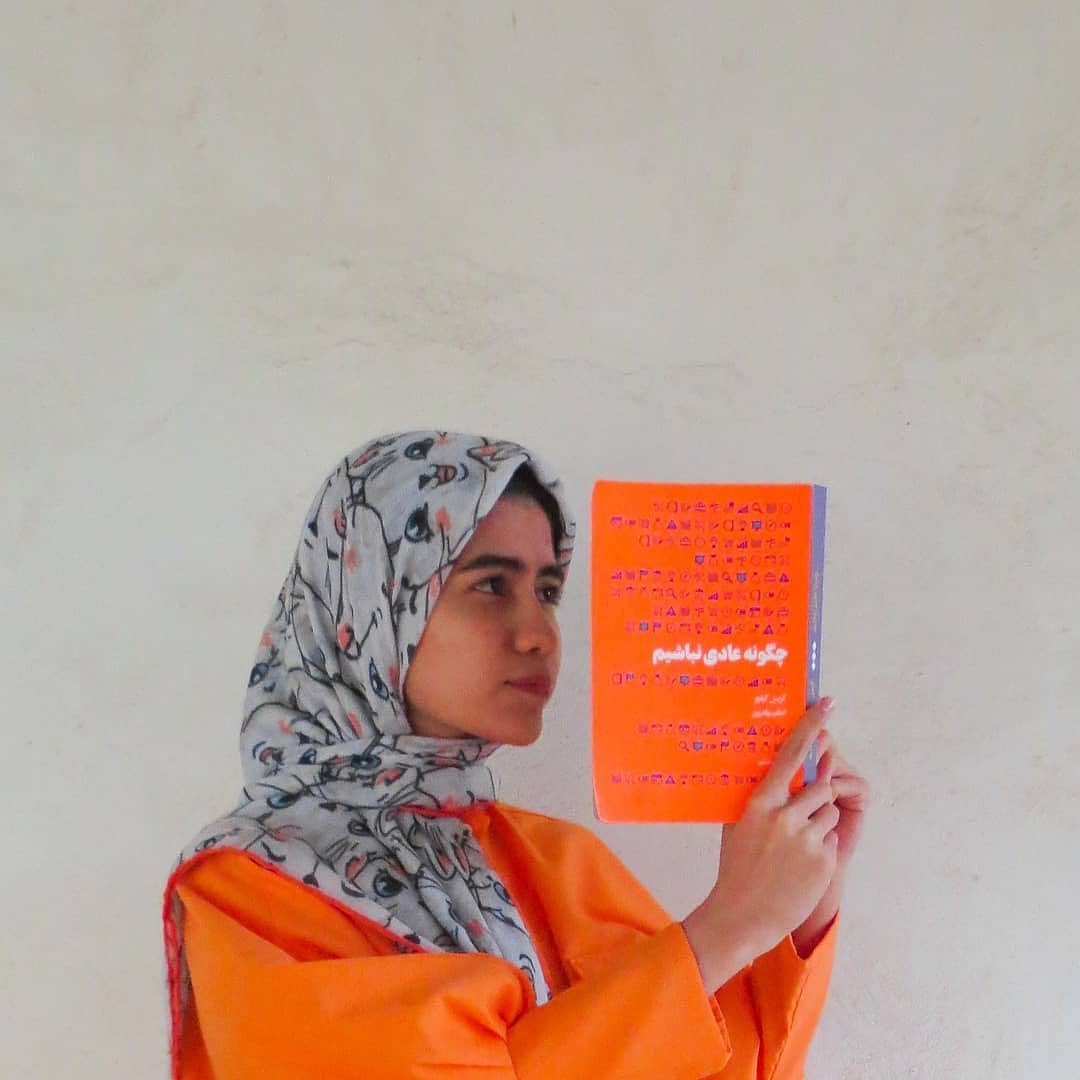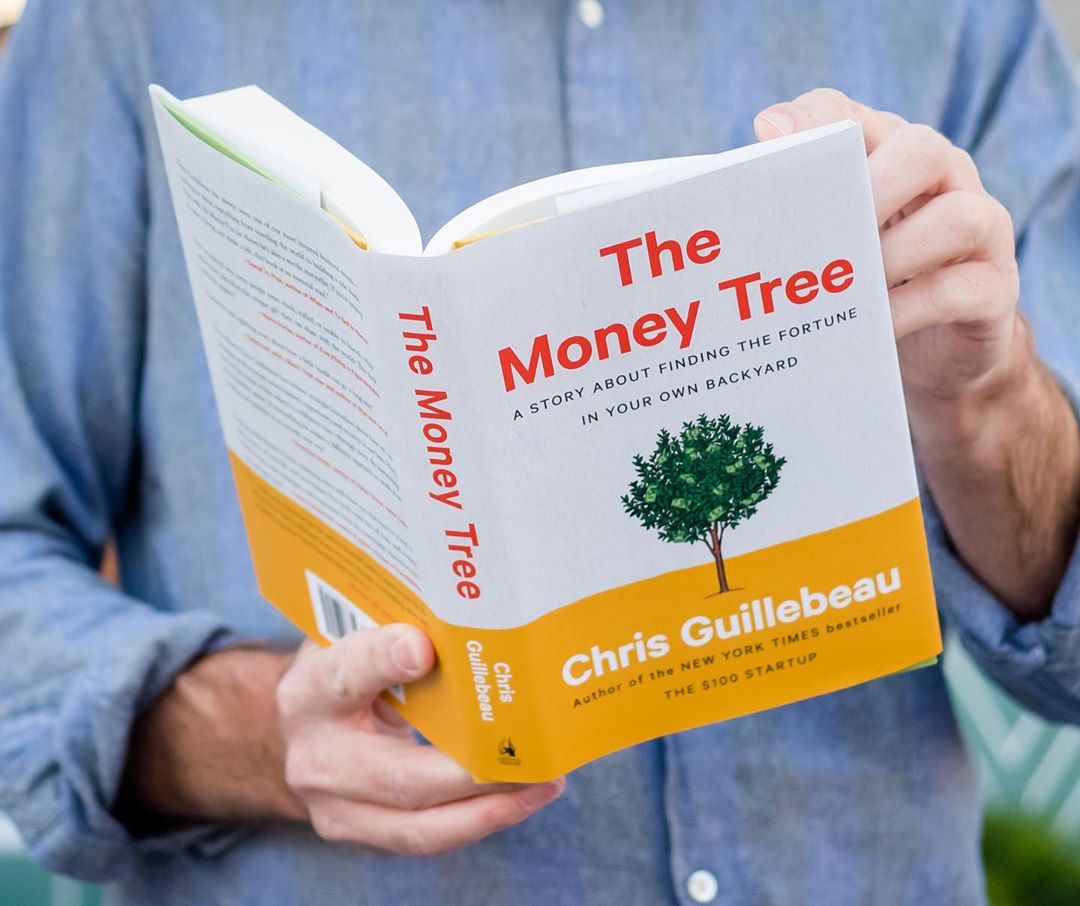The History and Origin of Money Trees
An exhaustive look at this auspicious tree.
The Pachira Aquatica or the the money tree is a tropical tree that is native to Central and South America, where it naturally grows in swamps.
History and Name
The Money Tree (Pachira Aquatica) is a plant that has many legends and beliefs originating from China. Although there are many tales and stories as to its beginnings, the most common story is that at a truck driver in Taiwan had decided to braind the trunks of five small tress in a single pot.
A more legendary tale floats around a poor farmer who was down on his luck and spirit. One day, he found a very curious looking plant with braided trunks. Upon inspecting the plant, he found the plant to be hardy and resilient—and took this as a lesson that he as well should learn to be resilient and strong.
From the seed of this miraculous plant, he grew more of them and sold them. He soon became one of the most wealthiest people in Taiwan and, attributing his wealth to the Pachira plant, he dubbed it the Money Tree.
Myth and Beliefs
The braided money tree is considered to symbolize the five fundamentals of Feng Shui elements: water, metal, wood, earth, and fire. Most commonly, the money tree consists of five intertwined trees. The plant also symbolizes great wealth and is seen to bring financial luck and fortune to its owner. It is a very popular indoor plant for work or home.
Distribution Around the World
Nowadays, you can see money trees all around Asia, Europe, and the United States. They have developed great cultural significance in Asia and are often adorned with red ribbon and other ornaments.
Today, the plants are symbols of luck and good fortune and it is believed that having one in your home can bring you wealth. The branches each have five leaves, representing the five Feng Shui elements. It is possible to find a branch with six or seven leaves on it, though this is quite rare. A branch with extra leaves is considered to be a sign of great fortune.
Presence in the Home
The money tree is not a guaranteed method of solving financial problems in your life(unless you’re reading the book!) but mostly a way to make you feel calm and bountiful in spirit. This income-earning plant can live prosperously in your home for decades with care and attention, which pays back in dividends. In addition to the money tree creating harmony in your life, it is possible to pass your wealth along to family or friends by giving the cuttings to them as gifts.
Care and Pruning
The money tree is a chestnut tree that produces large, edible chestnuts. However, some bad news: when grown indoors it produces neither nuts nor flowers. Pruning the plant at the top helps to give it a bushier bushy appearance. The soil for the plant needs to be well-drained and moist. Thought its natural habitat is near water, beware! Too much watering is not recommended. When kept moist and well-watered, the plant grows rapidly. You can add river sand to the soil as it helps with drainage. The plant likes medium light, but a little shade is also advised.
Although the money tree plant is good luck and calming, it will only do those things for you if it is alive—so there are a few tips for caring for the plant. First of all, when you are planting the money tree you should use rich soil and place it in a pot with good drainage. Second, they should be planted in areas with limited or minimal amounts of sunlight. Third, Money tree plants should be watered every 7 to 10 days, to ensure that the deeper soil remains moist. Finally, fertilizer should be administered once every three months (specifically, timed-release fertilizer) so that your plant will continue to get the food it needs.
Here are some fascinating facts about the money tree --
- Money Trees are Lucky
Rumored to bring luck and prosperity to the owner, there's a good reason money trees are popular gifts for executives and frequently used as office décor.
- The Money Tree Was an Answered Prayer
According to legend, a man prayed for money and then became rich by growing multiple trees from one. He credited the tree for his new-found wealth, giving the tree its name.
- Money Trees Create Positive Energy
Practioners of Feng Shui often turn to money trees as a means of creating positive energy in living spaces.
- Money Trees are Taller Than You Think
Even though they're most often kept in homes and offices, money trees can grow to be quite tall—up to seven feet!
- More Leaves Mean More Good Luck (especially seven)
Most money trees have five or six leaves on each stem, but you'll occasionally find one with seven leaves on each stem. If you do, you might want to consider buying a lottery ticket—seven leaf stems are rumored to bring extra luck.
You Need a Money Tree
Pachira plants are becoming especially popular in America. Because this bonsai plant is easier to care of than other bonsais, its popularity has taken off. Many believe that the Pachira plant gives off good energy and leads to wealth and happiness.
Whether you believe that the money tree will make you rich or you just like the aesthetic qualities of this plant, you can't go wrong when you're getting yourself a Money Tree.
So whether it is in your home or business, a Money tree plant is a great way to keep both your employees as well as your customers relaxed. Feeling great in your indoor environment leads to an increase of productivity in an office (or home). Additionally, beautifying your retail space with plants can encourage shoppers to spend more time shopping in your store— the next best thing to a tree that grows money!
I hope you enjoyed this incredible article on the history of the money tree. Now go read the book.







